Bac Ninh promotes value of Truc Lam Buddhist space — World Cultural Heritage
The Yen Tu – Vinh Nghiem – Con Son – Kiep Bac Relics and Landscape Complex in Bac Ninh Province, Quang Ninh Province, and Hai Phong City has been recognised as a World Cultural Heritage. Within which, the Tay Yen Tu Buddhist cultural space, a unique relic and landscape complex, is an important part of this heritage.
A heritage with global value
According to the heritage dossier, there are currently around 30 million followers, 50,000 monks and nuns, and over 15,000 Truc Lam pagodas in more than 30 countries around the world.
 |
|
Visitors at Vinh Nghiem pagoda. |
Notable landmarks, such as the Truc Lam Pagoda in Paris (France) or the Tran Nhan Tong Reconciliation Award (US), have been recognised, affirming the global value of this heritage.
The complex is not only historical evidence but also demonstrates spiritual depth, connecting people with nature, that makes up the Vietnamese cultural identity.
It is a unique testament to the combination of the state, religion, and people in the formation of national identity, along with the sacred landscape formed through interaction with nature, and the ethical system of Truc Lam Yen Tu Buddhism emphasising peace, tolerance, and harmony, thus bearing global value.
The Truc Lam Yen Tu Buddhist space has flourished in the land of Tay Yen Tu region, extending to the midlands of old Bac Giang and reaching the northern bank of the Cau River.
Through historical upheavals, the traces of Truc Lam Yen Tu Buddhism have been vividly affirmed through by researchers through existing works and dozens of archaeological works.
Buddhist space enduring through time
Vinh Nghiem Pagoda, located in Tri Yen Commune, is considered the centre of the Truc Lam Buddhist cultural space. Built in the 11th century under King Ly Thai To with the name Chuc Thanh Tu, the pagoda was expanded and renamed Vinh Nghiem (meaning “forever lasting, forever dignified”) by King Tran Nhan Tong in the 13th century.
The pagoda was not only a place of practice for the Truc Lam Trinity (Tran Nhan Tong, Phap Loa, Huyen Quang) but also a centre for training monks and propagating Dharma during the Tran Dynasty.
One of the most precious legacies of Vinh Nghiem Pagoda is the Buddhist scripture woodblock collection, including 3,050 woodblocks of nine books, recognised by UNESCO as a Memory of the World in the Asia-Pacific region in 2012.
These woodblocks, inscribed on persimmon wood, not only preserve Buddhist sutras, laws, and treatises but also poems, essays, and diaries by Truc Lam monks, marking the development of Nom script and the process of Vietnamisation of Buddhism.
Additionally, the Truc Lam Trinity statues, carved from jackfruit wood in the 19th century, were recognised as National Treasures in 2025, reflecting their unique artistic and historical value.
Bo Da Pagoda, associated with the Lam Te Zen Sect, is also major Buddhist centre. Legend has it that it dates back to the Ly Dynasty. The pagoda was restored and expanded during the reign of King Le Du Tong (1720-1729).
With its distinctive “inner open, outer closed” architecture, surrounded by bamboo groves and rammed-earth walls, Bo Da Pagoda has a quiet and sacred atmosphere.
The highlight of Bo Da Pagoda is Viet Nam’s largest tower garden, with 110 stupas housing the ashes and relics of 1,214 monks of Lam Te Zen Sect.
The pagoda also holds a valuable collection of 1,935 Buddhist woodblocks dating from 1740, inscribed on persimmon wood with exquisite calligraphy, encompassing historical, cultural, and medical values.
It also features over 40 ancient Buddha statues from the Le Dynasty and Nguyen Dynasty, as well as artifacts like bronze bells and stone steles, reflecting the fusion of Buddhism, Confucianism, and Taoism.
The Bo Da Pagoda Festival, held from the 15th to the 18th day of the second lunar month, is not only a time to honour its founders but also an opportunity to promote the Kinh Bac Quan Ho culture.
In 2016, Bo Da Pagoda was recognised as a Special National Relic Site, affirming its vital role in preserving and promoting Viet Nam’s Buddhist cultural values.
The Tay Yen Tu complex, which contains the cultural space of Truc Lam Buddhism, also includes many relics and landscapes stretching from Son Dong Commune to Yen Dung Commune of Bac Ninh Province such as Am Vai Pagoda, Mo Stream, Khuon Than Lake, Khe Ro Forest, and Truc Lam Phuong Hoang Zen Monastery.
Am Vai Pagoda in Luc Ngan bears the mark of Buddhism in the Tran Dynasty with the stone stupa "Lien Hoa Bao Thap" and a never-drying well, associated with the legend of a princess of the Tran Dynasty becoming a nun. The Am Vai Pagoda Festival is a major cultural event, attracting large numbers of followers and tourists.
Efforts in preservation and promotion
To preserve the values of the Tay Yen Tu complex, old Bac Giang Province (now part of Bac Ninh) has implemented specific plans. Under Decision No. 105 on November 29, 2013, by the Provincial People’s Committee, the Tay Yen Tu conservation zone includes nine relic clusters, from Dong Thong Area to Vinh Nghiem Pagoda, aiming to preserve both tangible and intangible cultural values.
 |
|
Tay Yen Tu spritual and ecotourism complex. |
Notably, the province has surveyed and begun restoring the “Path of Dharma Propagation,” recreating the journey of King-Buddhist Tran Nhan Tong along the western slope of Yen Tu Mountain to the top of Yen Tu Mountain to practice.
For Buddhist followers, setting foot on this land offers an experience, like to follow the footsteps of King-Buddhist Tran Nhan Tong, transitioning from a king, from a mortal to the Buddha realm.
Therefore, the value of the road "Pilgrimage to the land of Buddha following the footsteps of King-Buddha" is considered a "treasure" that can only be found in Tay Yen Tu. It is reminiscent of the pilgrimage tour following the footsteps of Buddha Shakyamuni in India.
For Vinh Nghiem Pagoda, the government has approved the plan for conservation and promotion of the value of the Special National Monument, with an area of 40 hectares.
This plan focuses on preserving the original state of the inner area, embellishing the landscape, and constructing auxiliary works such as the triple gate, Pho Quang Tower, Buddhist lecture hall, and woodblock making area.
Efforts to conserve ancient trees, renovate the grounds, and link with other local relic sites in the province have been paid attention, aiming to turn Vinh Nghiem Pagoda into an attractive spiritual tourism destination.
Bo Da Pagoda is also invested for architectural restoration, woodblock and statue preservation. Festival activities and Quan Ho singing competitions are held regularly, contributing to promoting the locality’s intangible cultural heritage.
Tay Yen Tu holds great potential for spiritual and community-based tourism development, thanks to its blend of historical, cultural, and stunning natural landscapes. Bac Ninh Province is developing tourism tours connecting Tay Yen Tu with Dong Yen Tu (Quang Ninh Province) and other relic sites in the region, creating a diverse tourism product chain.
Traditional festivals at Vinh Nghiem Pagoda, Bo Da Pagoda, and Mo Stream are held solemnly in combination with cultural and sports activities as well as folk games, attracting millions of visitors each year.
These conservation and promotion efforts of the complex not only help protect a World Cultural Heritage site but also promote tourism, economic development, and community solidarity, preserving the essence of Vietnamese nation for following generations.
 Bắc Ninh
Bắc Ninh
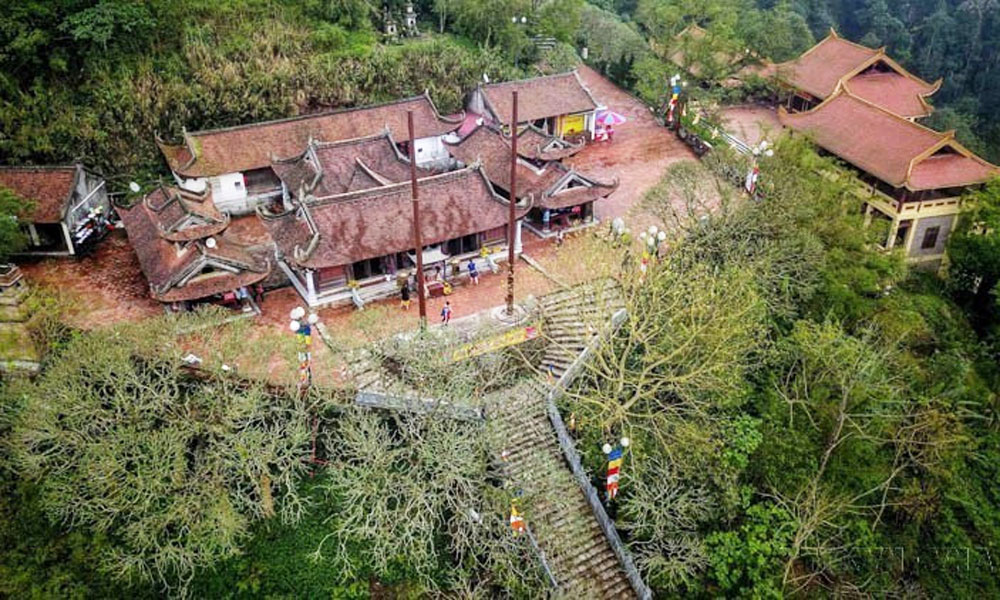
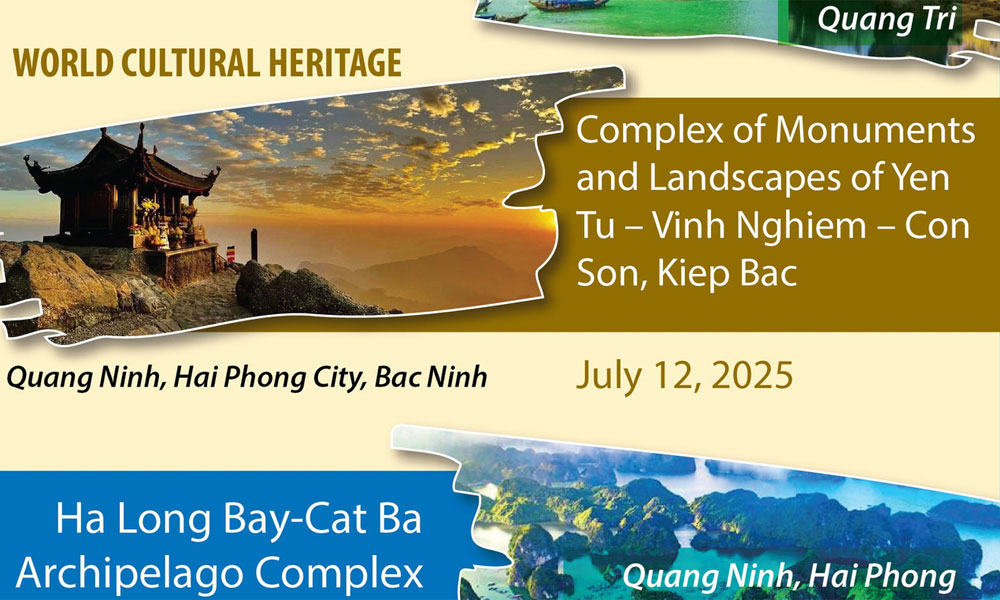
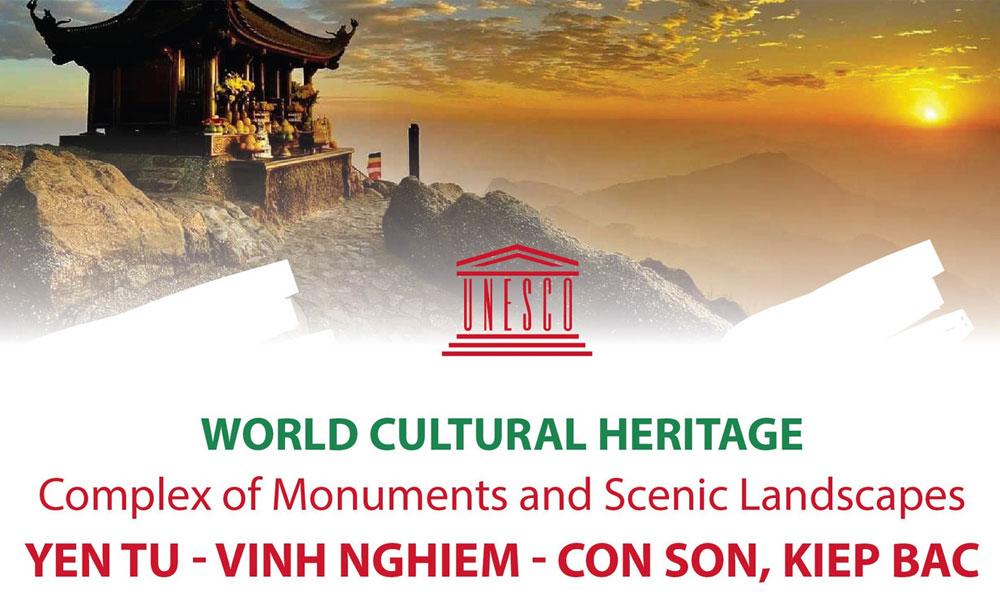
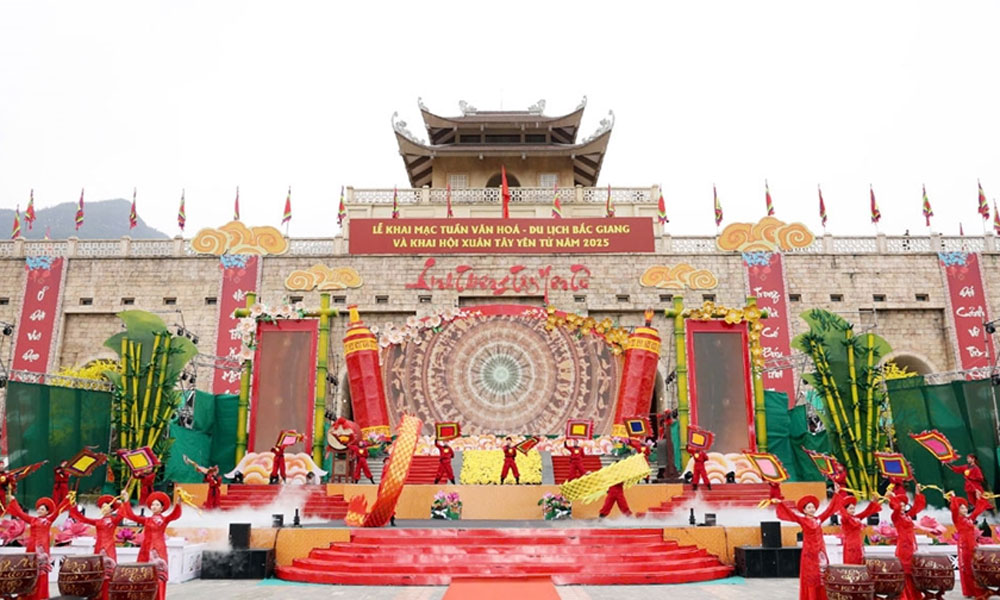

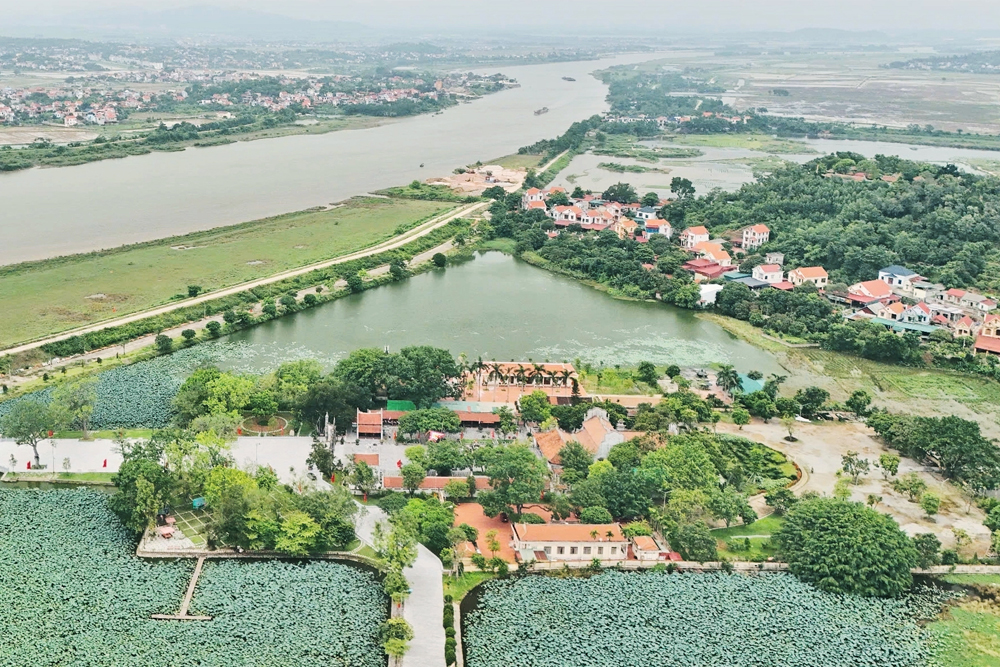

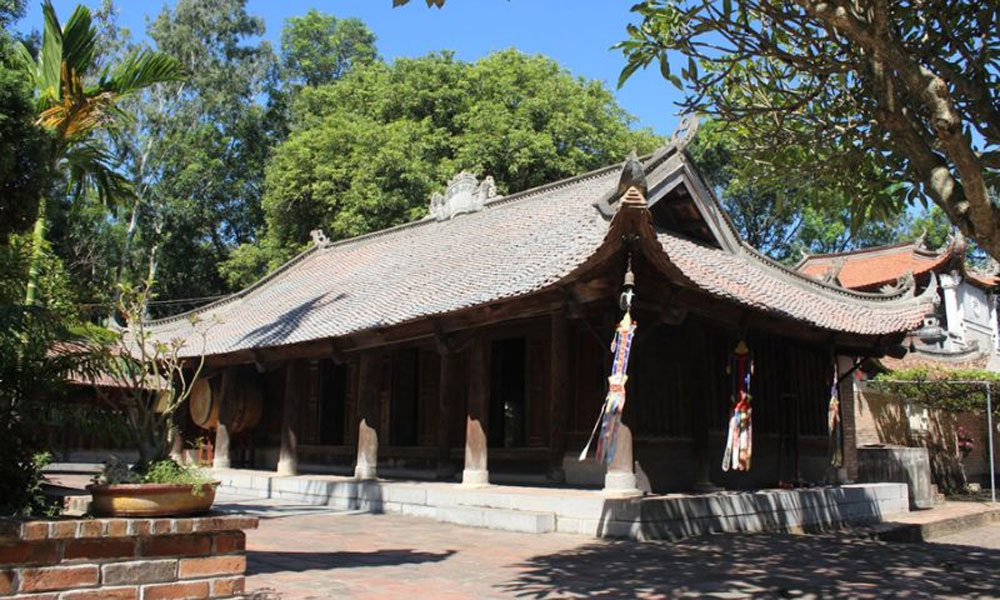






Reader's comments (0)